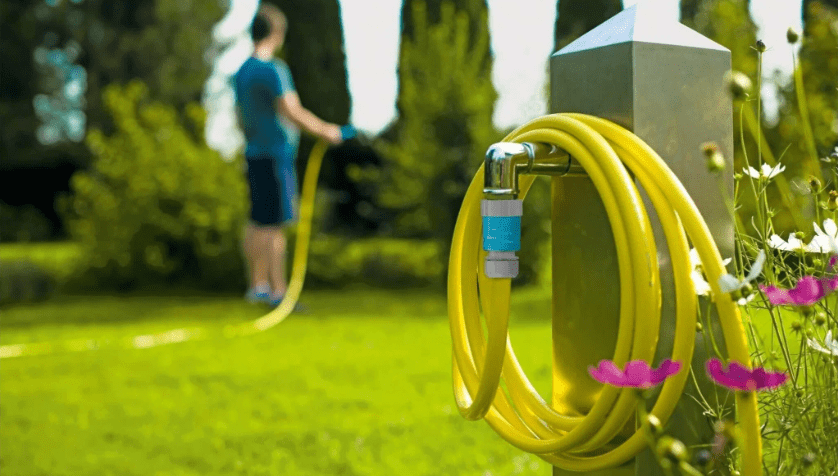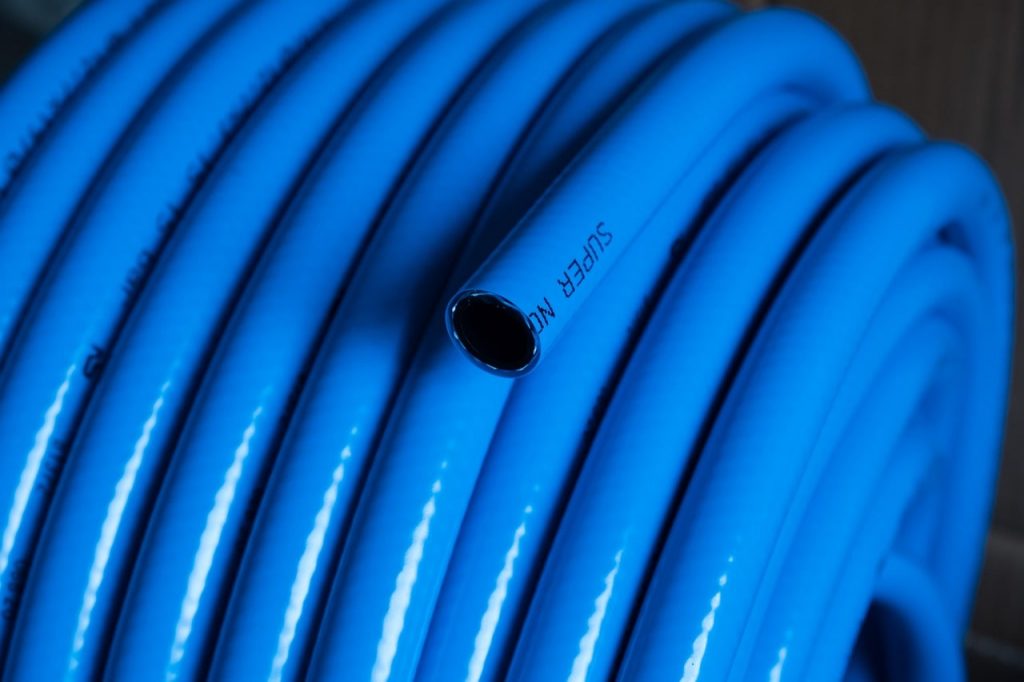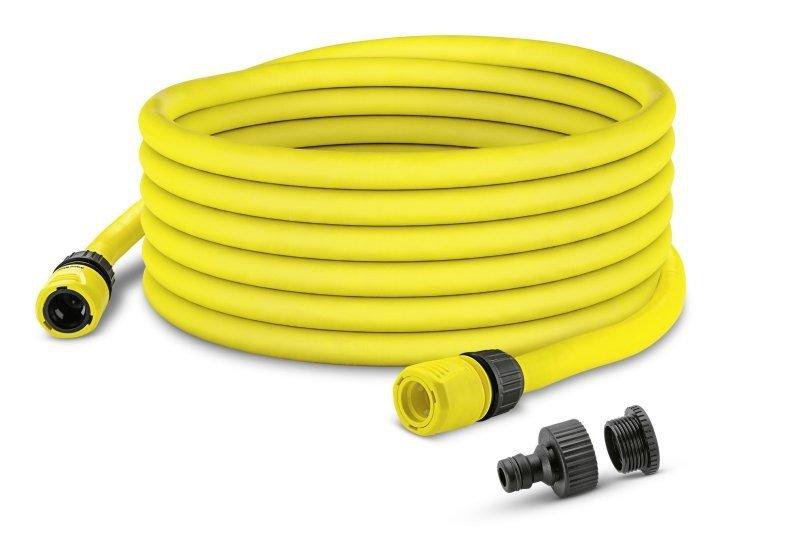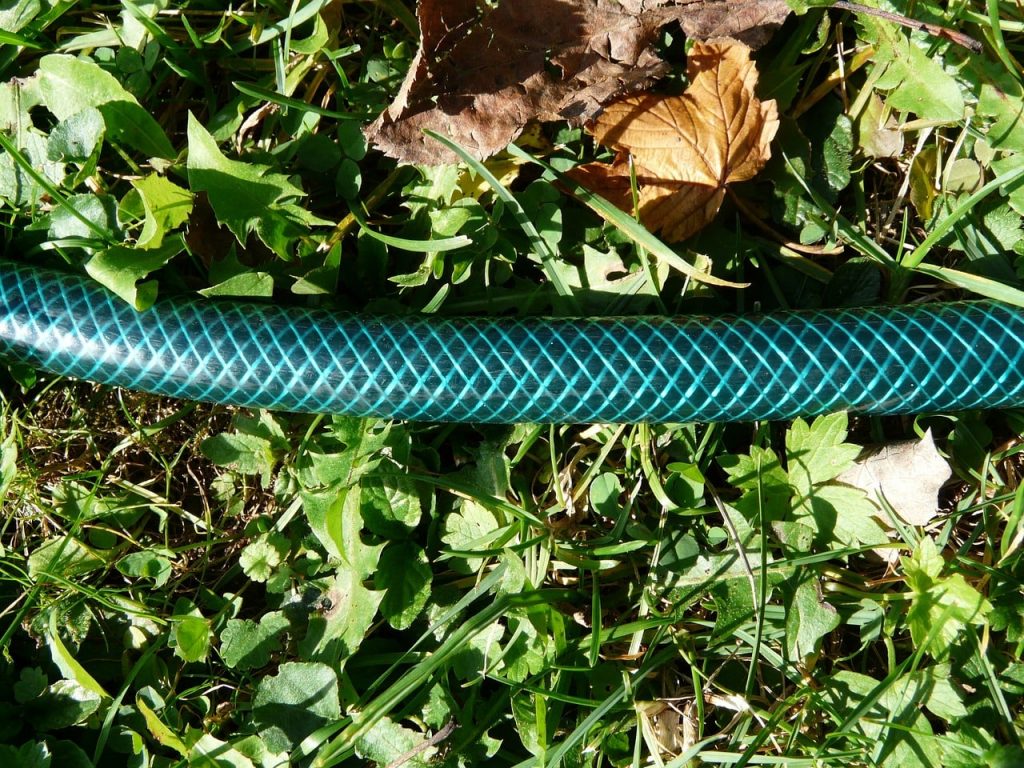Soaker hose manufacturers offer different versions of this product. To buy the best soaker hose for your garden, you need to consider a number of important selection criteria, namely:
- length – it can reach 100 meters;
- diameter, which is usually 13-38 mm;
- production material – rubber or PVC;
- environmental safety;
- the presence of reinforcement;
- indicators of working pressure or burst pressure;
- the presence of protection against UV rays;
- mass;
- range of working.
Table of Contents
Length
The optimal length for your soaker hose depends on the area of the garden that needs to be watered. It should allow the watering hose to provide water to any corner of your garden or garden.
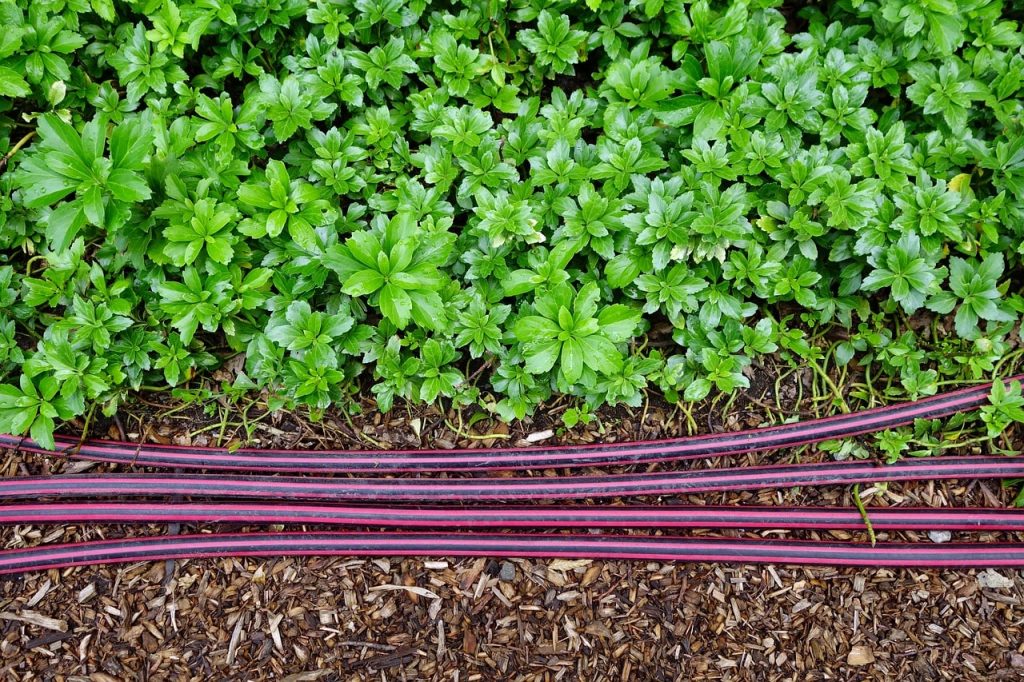
At the same time, it is not necessary to buy a soaker hose of maximum length, you can purchase several short ones, and then connect them into a single structure using special fittings, adjusting the length in accordance with the task. The necessary accessories are sold in the same stores as the hoses.
Diameter
The diameter value is chosen after deciding how long the soaker hose will be. Its cross-section affects the force of the pressure of the water jet. The longer its length, the smaller the diameter should be.
When choosing a diameter, it is also recommended to take into account the cross-section of the water supply pipes and the actual pressure. The most widely used soaker hoses with a cross-section of 13 and 19 mm. They fit most easily with standard half-inch or three-quarter-inch plumbing pipes.
Production Material
Today, two types of material are predominantly used for the manufacture of soaker hoses: traditional rubber and environmentally friendly polyvinyl chloride (PVC). But the popularity of models made of silicone is also growing.
Rubber
The advantages of rubber hoses are their affordable price, resistance to wear, and creases that block the flow of water. Long-term practice of application has proved that soaker hoses made of rubber are not afraid of ultraviolet radiation and frost. Their service life is much longer than that of similar PVC products.
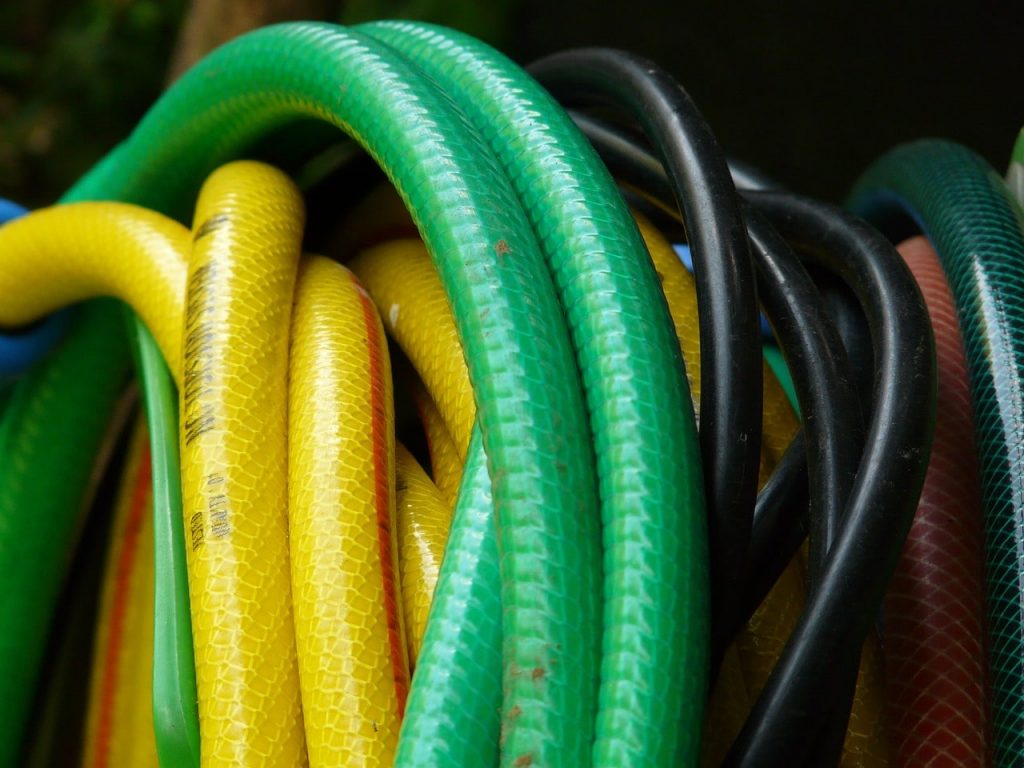
The disadvantages of rubber models include a large mass, although it is formed due to thick walls, due to which the durability of the product is achieved. Not all rubber soaker hoses are environmentally friendly; their chemical composition can sometimes contain heavy metals and toxins.
Therefore, when choosing a hose, look for a product whose marking contains information that it is intended for drinking water, and not for technical water.
PVC
Many vegetable growers and gardeners prefer reinforced soaker hoses made of PVC. Products made from this material also have their advantages and disadvantages. When choosing a PVC soaker hose, you need to pay attention to the layering of the product.
The more layers your hose has, the stronger it will be, which means it will last longer. Plastic soaker hoses are often bent, blocking the flow of water. But the better their reinforcement is, the less this problem is.
A serious disadvantage of hoses made of PVC is their ability to harden over time and lose elasticity under the influence of sun rays and frost. Manufacturers are struggling with the problem by developing new manufacturing technologies.

But the more innovative technologies are used in the production process, the higher the cost of production. When choosing a polymer soaker hose, consider that corrugation is far from the best option.
Cracks form in the places of its bends during intensive use, and dirt and deposits accumulate on the corrugated walls. But corrugated hoses practically do not break, like polymer or rubber ones.
Silicone
Silicone soaker hoses appeared on the market not so long ago, so many gardeners do not yet trust the innovative material too much. Models made of silicone, sold at an affordable price, are not reinforced with a mesh, therefore they are lighter.
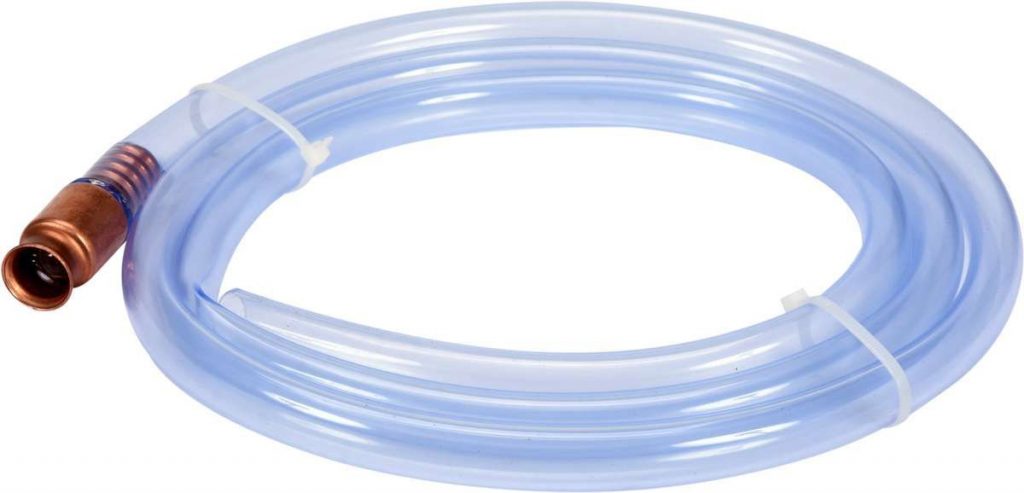
The advantages of such hoses include excellent flexibility, no creases, and elasticity. It is easy to put such a hose on the fitting and attach a sprinkler to it. But it is not recommended to use silicone soaker hoses in water supply systems with a high risk of a strong increase in pressure, in which case such a hose will simply stretch and burst.
High-pressure water systems require a reinforced silicone soaker hose that is more practical and durable. Here again, multi-layer products are preferable. True, reinforced silicone hoses are not cheap.
Check also this: Gardening Tool Set for Beginners
Environmental Safety
When choosing a soaker hose for yourself, carefully study the label. A number of manufacturers indicate the purpose of the hose: it is suitable for technical purposes or can also be used to supply drinking water.

You can trust a soaker hose that says on the label that it is made of food-grade PVC or does not contain cadmium and barium. As with buying any other thing, you should not chase cheapness, it is better to spend more money but buy a safe hose that can be safely used, including for drinking water.
Reinforcement
By performing it, the soaker hose manufacturer protects its products from the formation of creases that impede the flow of water during operation. Reinforcement is carried out using fibers of synthetic origin, they are placed between the layers of the polymer.
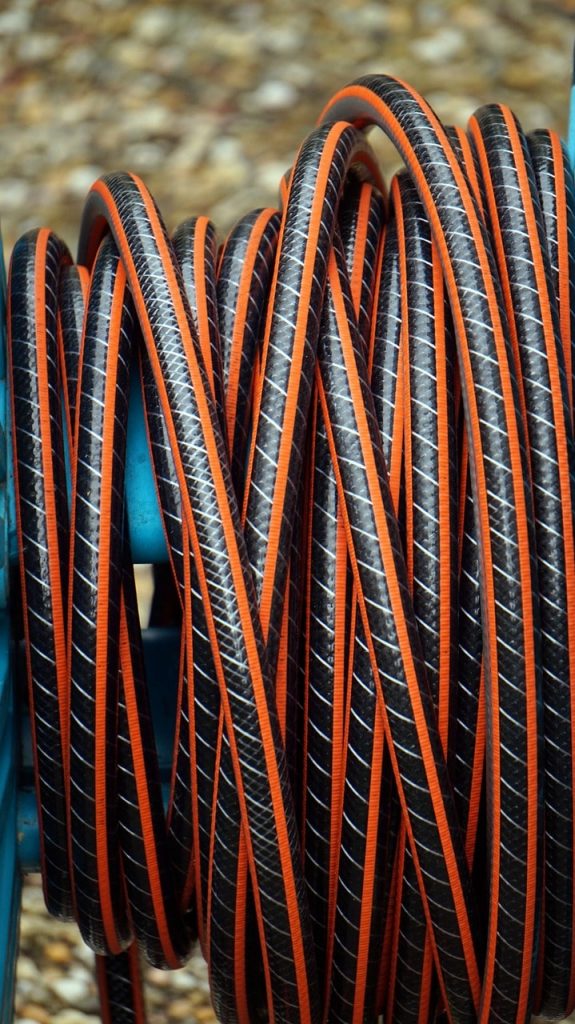
This provides the product with high strength and allows it to maintain its shape. It is better to choose soaker hoses with diagonal reinforcement or with a spiral cord structure.
Fine-mesh reinforcing mesh does not give the desired effect. Models with such reinforcement are cheaper, but it is better to avoid buying them.
Working Pressure
Some manufacturers indicate on their products the working pressure at which the products can be used in normal mode, others indicate the pressure limit on the label. For a conventional single-layer soaker hose, the maximum pressure value is 2 bar, a multi-layer reinforced product can withstand 6-8 bar.

For high-quality soaker hoses, the burst pressure sometimes reaches 30 bar. The pressure in standard water pipes will withstand even the cheapest hose. Particular attention should be paid to the working pressure if the hose will be used to supply water from its own well equipped with a deep pump.
Soaker Hose With UV Protection
Many gardeners do not clean the soaker hose after each watering, leave it on the site. The sun’s rays have a negative effect on the walls of the hose, especially if it is made of PVC. Such hoses under prolonged exposure to sunlight become rigid and lose their flexibility.
But there are also products whose manufacturers have provided them with protection from ultraviolet radiation. When choosing a soaker hose, pay attention to whether the product label contains information about the presence of UV protection.
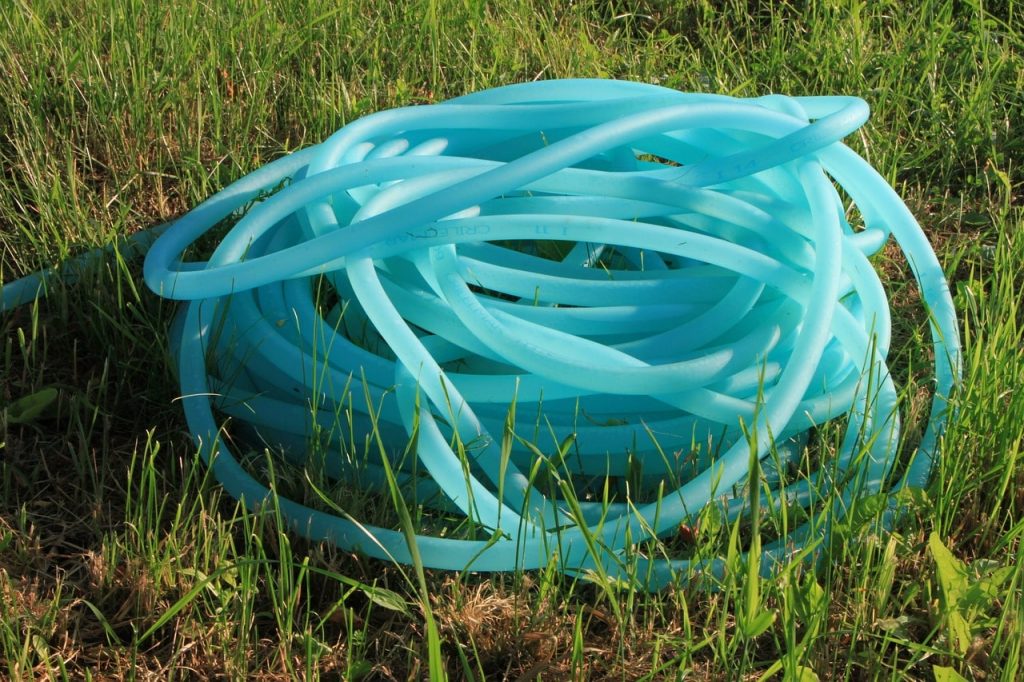
If you find such an inscription, then this means that the hose can be left in the sun. Nothing bad will happen to it, his walls will not become cloudy, it will not become harder.
Weight
This characteristic depends on how thick the walls are, as well as on the length of the soaker hose and on its diameter. A lightweight soaker hose is easier to transport from the store and easier to move around the site.
Here is the approximate weight of the hoses of the most common inch section: a 15-meter coil of such a PVC hose does not exceed 8 kg in weight, a 20-meter coil weighs 10 kg, and a twenty-five-meter hose weighs about 13 kg.
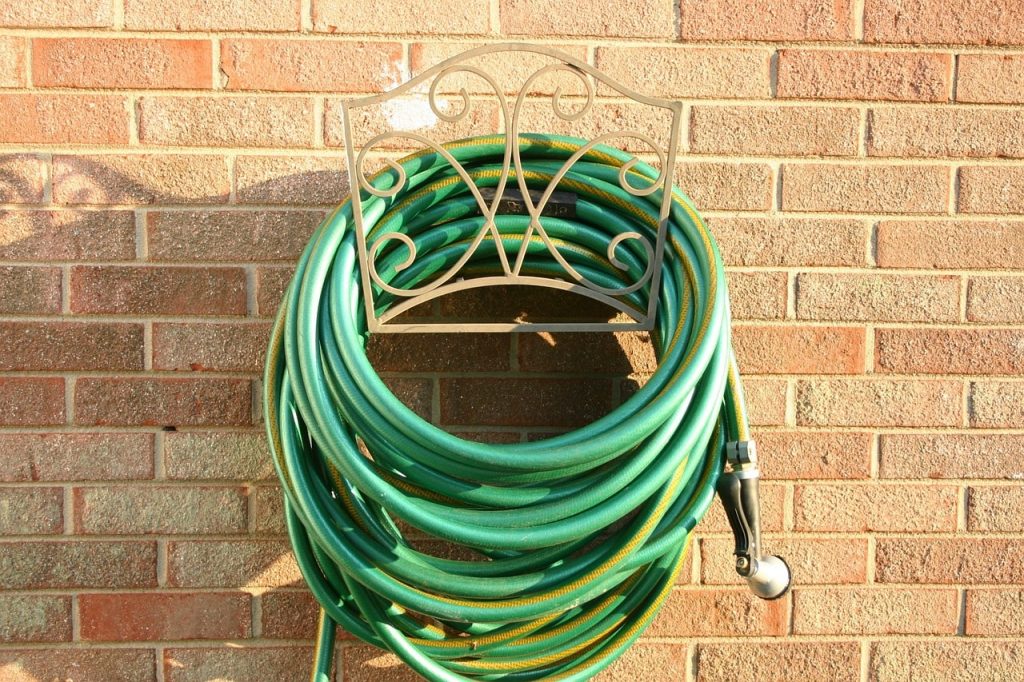
On average, the maximum weight of 1 meter of hose with an inch diameter is 0.5 kg. The smaller the cross-section of the product, the less the weight of the coil will be.
The weight of 1 meter of 3/4 inch diameter polymer hose is approximately 0.5 kg, while a meter of standard inch diameter rubber hose produced in our country is 1.4 kg.
Working Temperature
Almost all soaker hoses have a working temperature in the range from -20 to 60 degrees Celsius. Hoses with this operating temperature can be used from early spring to late autumn.
But we must not forget that at negative air temperatures, plastic and rubber become less elastic. It is better to roll them up and put them indoors for the winter, without waiting for frost.
Color
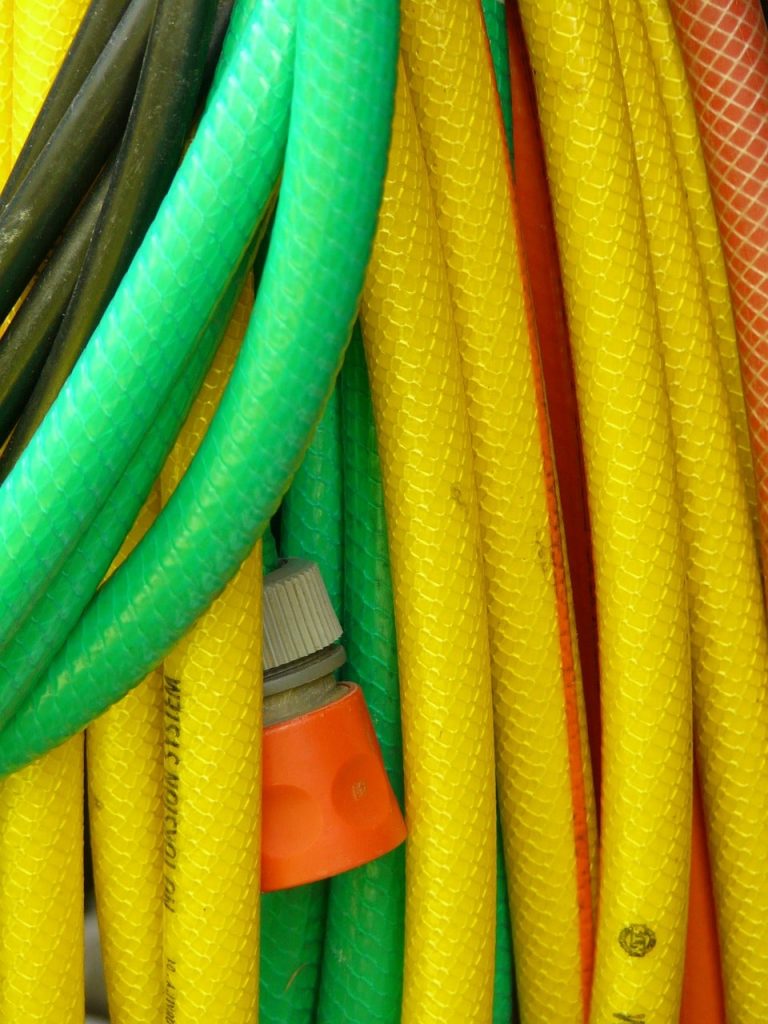
Color is the last criterion to consider when choosing a soaker hose. But it shouldn’t be completely ignored either. A product with a bright color is easier to see in the grass, which means that the risk of damaging it accidentally while mowing the lawn, for example, or weeding the soil, is reduced.
If a transparent hose lies in the sun for a long time, then blue-green algae appear in it. These microorganisms interfere with the passage of water and clog sprinklers and other nozzles used for irrigation.
Connection
Fittings are used to connect the soaker hose to the water supply system. Depending on which hose is used and what section the water pipe has, a fitting or a threaded clamp is selected for connection. The cheapest option is a plastic fitting. It is quite suitable for a system with low pressure.
If the soaker hose is used irregularly, then a threaded clamp is used. This connection method allows you to quickly connect and disconnect it from the system. The most common device that is used when connecting a hose to a water supply system is a metal fitting.
This connection option is also suitable for permanent installation. So that the hose can be easily put on the fitting, it is recommended to hold it a little in hot water. Due to this, the plastic will become pliable and soft.
To fix the soaker hose connection more reliably, you can use a worm-drive clamp made of stainless steel. Such a connection is able to withstand any pressure in the water supply system. Between themselves, hoses of different lengths are also connected with threaded clamps or fittings made of metal or plastic.
Damaged Soaker Hose

Typically, the soaker hose is damaged at the kink points, elasticity is lost over time, and leaks form. If the hose is made of soft material, then it is often pierced or torn.
If you have such trouble and the soaker hose is leaking, you need to turn off the water and let it dry. After that, the puncture site should be wrapped with insulating tape in several layers, capturing nearby areas.
If the soaker hose is damaged at the kink, the deformed section simply needs to be removed. This can be done by cutting it with a well-sharpened knife at a right angle.
As a result, the hose will be divided into two parts. You can connect them using a threaded clamp or a special connection tube suitable for the inner diameter of the hose, as well as threaded clamps.
Storage Methods
No matter how UV-protected the hose is, it’s still best to move the hose to a shady place away from direct sunlight in hot weather, if you’re not using it. Even a UV-protected soaker hose will last longer if used this way.
And if you get a hose reel, it doesn’t take long to unroll and retract. With proper storage of the hose, fractures do not form on it, it will be easy and convenient to operate it in the summer season. There are many ways to store soaker hoses:
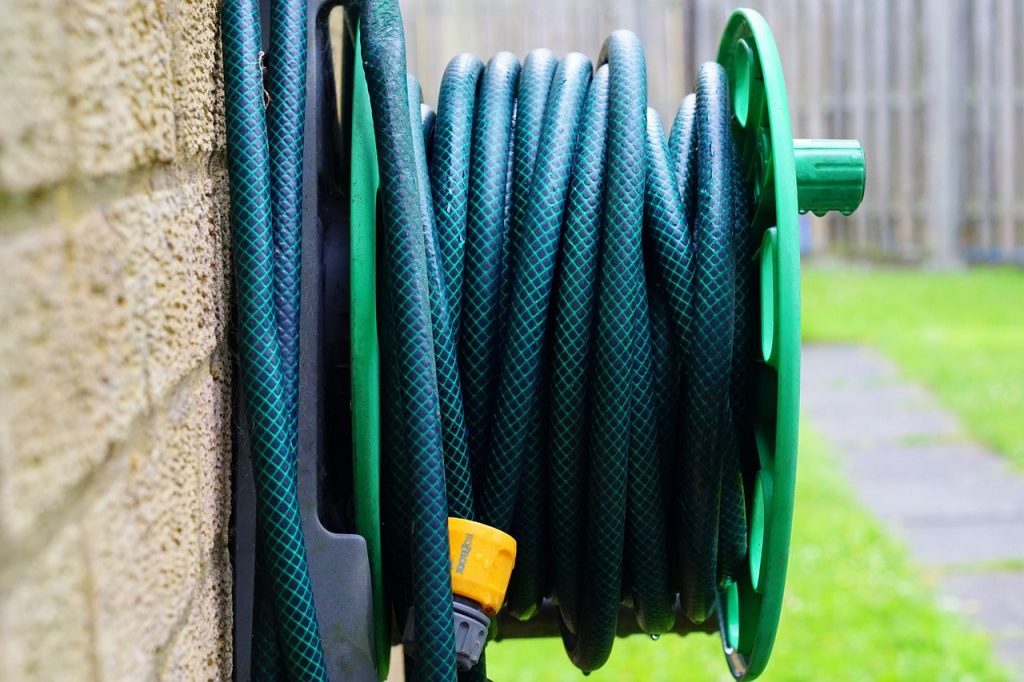
- twist them into rings;
- drive two pipes into the ground in a shady area of the site and wind a soaker hose around them after watering is completed;
- use a used car rim as a storage coil;
- buy a special reel for storing such products.
Purchasing a garden soaker hose reel is the best storage solution. The coil on the cart equipped with wheels is especially convenient. It is easy to work with in the garden, the hose is laid in even rings, quickly disassembled if necessary.

In autumn, it is better to remove it before the onset of low temperatures, while the polymer from which it is made remains flexible. It is necessary to send the soaker hose for storage, after expelling water from it.
This can be done by blowing using a conventional bicycle pump. If there is none, you will have to make it with your own supply of air in your lungs. Proper use and storage of your garden hose will ensure a long service life for your abundant crops.

